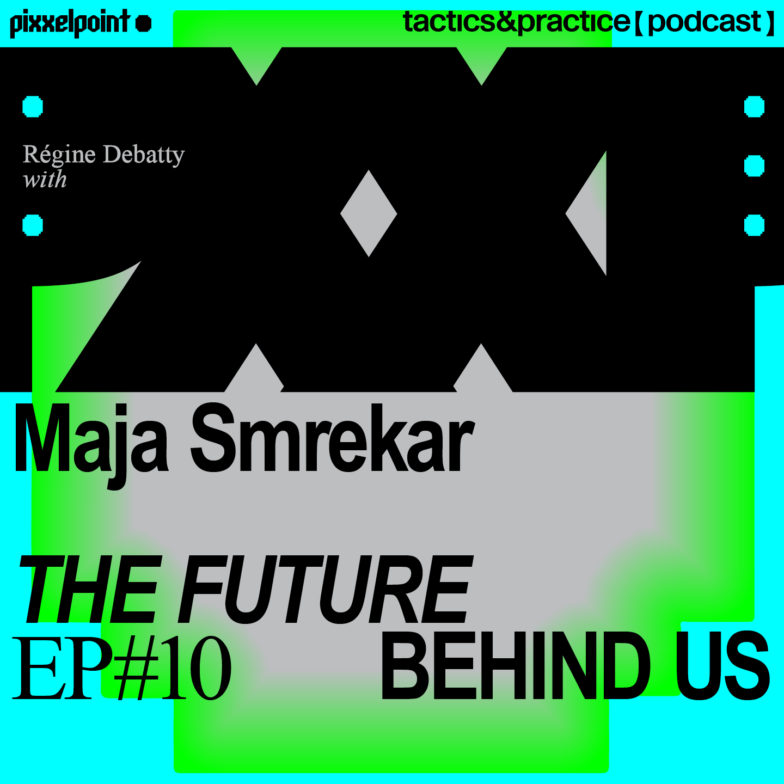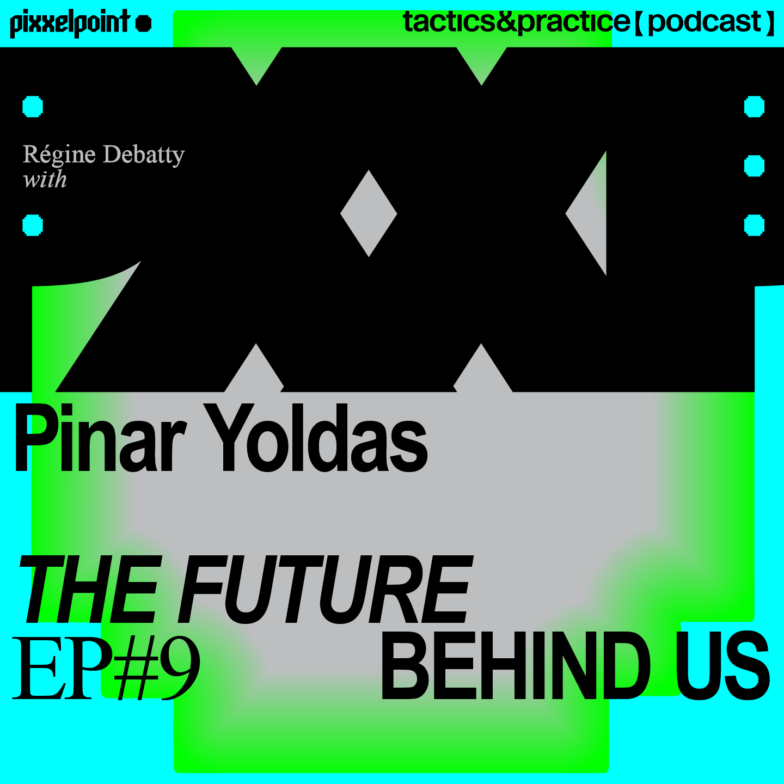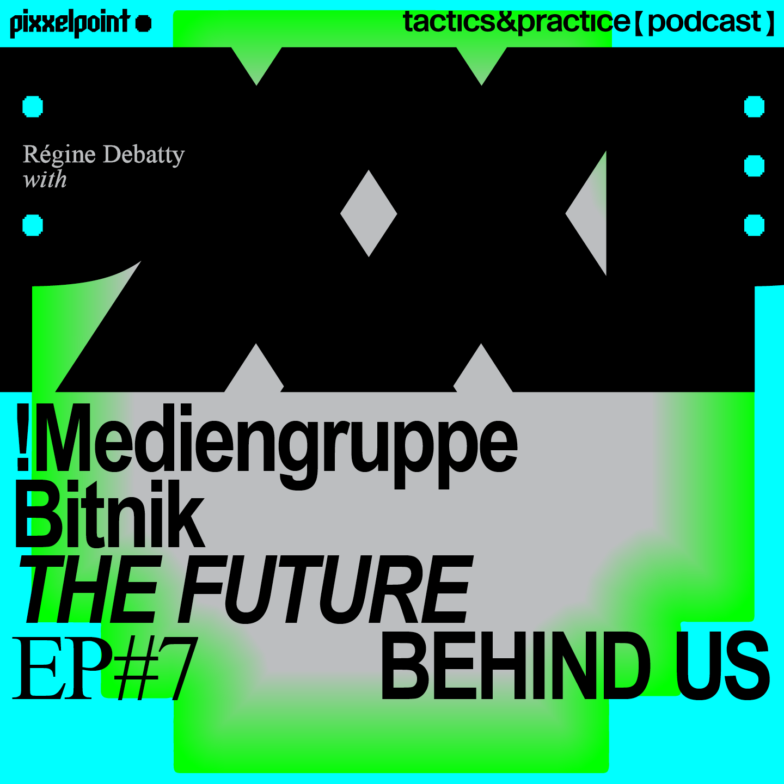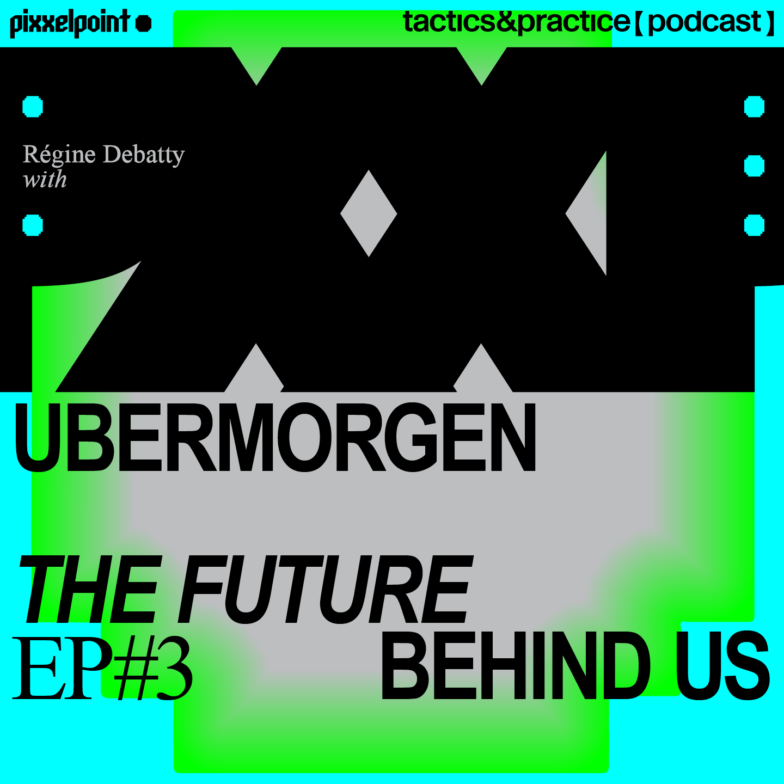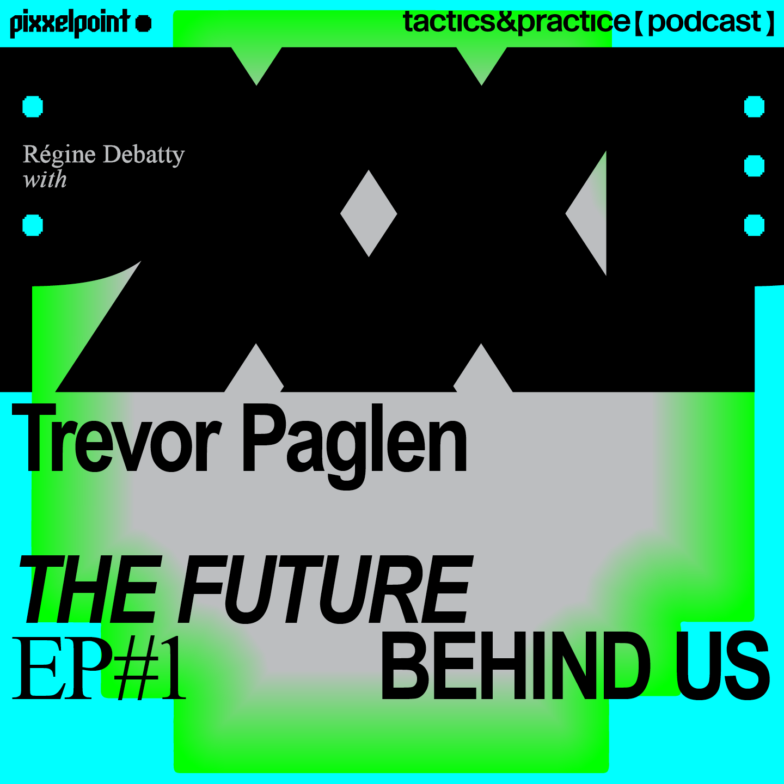Noura Tafeche
The Internet Is a Horrible Place and I’m Here to Make It Worse: a Kawayoku Journey
Workshop
26 February 2025, 2–5 PM
The Academy of Fine Arts and Design, UL, Video, Animation and New Media, Tobačna 5, Ljubljana
Part of Tactics & Practice #16: Are You A Software Update?

The workshop is inspired by The Kawayoku Inception, the research project by Noura Tafeche that delves into the political-artistic value of cuteness and the permanent status of performativity and hypersexualisation on social media as agents of a growing trend towards the aestheticisation of violence.
The project investigates contemporary digital evanescence, the visual reformulation of violence, unconventional recruitment strategies and militarised entertainment under new taxonomies in research areas ranging from ‘Israeli’ and US military propaganda and recruitment strategies translated into choreographies and dance challenges, to the weeb alt-right imagery intertwined with the fan-art of cute manga, passing through video games and the Second Amendment, gun advocates, war enthusiasts or armies employing anime and kawaii aesthetics and rape culture.
From this research, conducted over four years on popular social media and remote online micro-communities, an archive has been built that catalogues almost 30,000 files (screenshots, memes, posts, videos, etc.) with a ‘geographical map’ of the digital platforms where the phenomenon proliferates.
During the workshop, the artist guides participants through an intricate network of niche telegram channels, discord servers, popular subreddits, official and fake user accounts and bases, providing them with a strategic toolbox for investigating and analysing fringe Internet communities that are involved, in different ways and degrees, in the production and reproduction of online violence.
THE AUTHOR

Noura Tafeche is a visual artist, onomaturge and independent researcher working in between installations, videos, neologisms, archiving practices, laboratories, experimental applied methodologies and miniature drawings. Her areas of research expand on the subjects of visual culture and its techno-political implications with a focus on operational images, digital militarism, online aesthetics, internet hyper-niches and meme culture, philosophy of language and visual representation of speculative imaginaries. She has exhibited internationally in various contexts, including at Pirelli Hangar Biccoca, Tainan Art Museum and transmediale.
CREDITS
Author: Noura Tafeche
Production:
Aksioma – Institute for Contemporary Art, Ljubljana, 2025
Partner:
The Academy of Fine Arts and Design, University of Ljubljana
Part of the series:
Tactics & Practice
Financial support:
the Ministry of Culture of the Republic of Slovenia, the Municipality of Ljubljana and Italian Cultural Institute of Ljubljana
[+] RELATED ACTIIVITIES
EXHIBITION

Noura Tafeche
Annihilation Core Inherited Lore ٩(͡๏̯͡๏)۶
24 February–28 March 2025
Aksioma | Project Space, Ljubljana
LECTURE PERFORMANCE

Noura Tafeche, Alex Quicho
She’s Evil, Most Definitively Subliminalhttps://aksioma.org/ayasu/conference/shes-evil-most-definitively-subliminal/
25 February 2025 at 3 PM
Kino Šiška, Trg prekomorskih brigad 3, Ljubljana
PUBLICATION

The Kawayoku Tales: Aestheticisation of Violence in Military, Gaming, Social Media Cultures and Other Stories
PostScriptUM #51
► ORDER



















































































